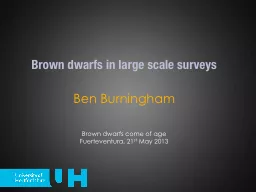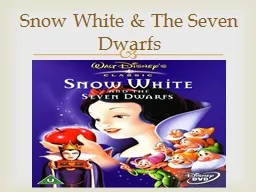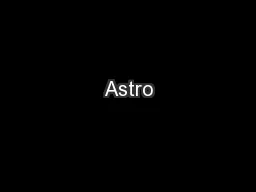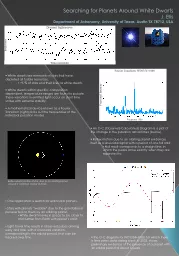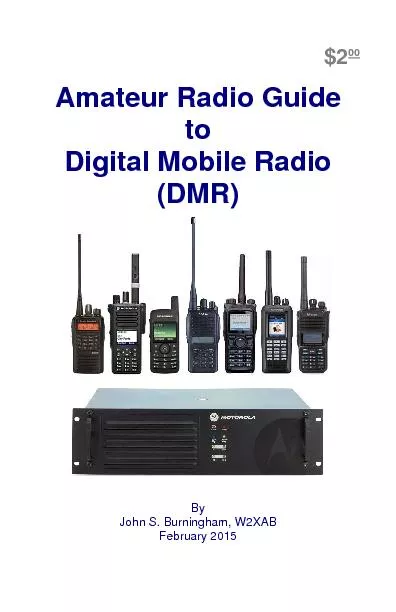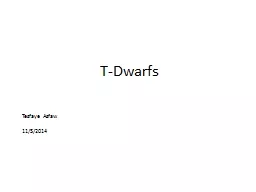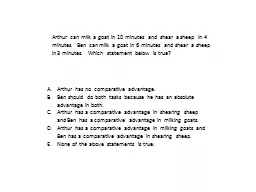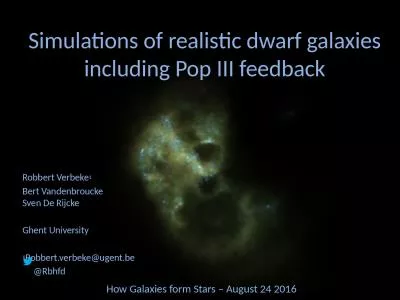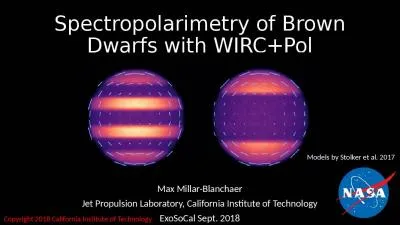PPT-Ben Burningham Brown dwarfs in large scale surveys
Author : mitsue-stanley | Published Date : 2018-02-04
Brown dwarfs come of age Fuerteventura 21 st May 2013 Plan a bit of history the recent past the state of the art future challenges The first wide area surveys not
Presentation Embed Code
Download Presentation
Download Presentation The PPT/PDF document "Ben Burningham Brown dwarfs in large sc..." is the property of its rightful owner. Permission is granted to download and print the materials on this website for personal, non-commercial use only, and to display it on your personal computer provided you do not modify the materials and that you retain all copyright notices contained in the materials. By downloading content from our website, you accept the terms of this agreement.
Ben Burningham Brown dwarfs in large scale surveys: Transcript
Download Rules Of Document
"Ben Burningham Brown dwarfs in large scale surveys"The content belongs to its owner. You may download and print it for personal use, without modification, and keep all copyright notices. By downloading, you agree to these terms.
Related Documents

